 Technology
Technology  Technology
Technology  Humans
Humans 10 Everyday Human Behaviors That Are Actually Survival Instincts
 Animals
Animals 10 Animals That Humiliated and Harmed Historical Leaders
 History
History 10 Most Influential Protests in Modern History
 Creepy
Creepy 10 More Representations of Death from Myth, Legend, and Folktale
 Technology
Technology 10 Scientific Breakthroughs of 2025 That’ll Change Everything
 Our World
Our World 10 Ways Icelandic Culture Makes Other Countries Look Boring
 Misconceptions
Misconceptions 10 Common Misconceptions About the Victorian Era
 Mysteries
Mysteries 10 Strange Unexplained Mysteries of 2025
 Miscellaneous
Miscellaneous 10 of History’s Most Bell-Ringing Finishing Moves
 Technology
Technology Top 10 Everyday Tech Buzzwords That Hide a Darker Past
 Humans
Humans 10 Everyday Human Behaviors That Are Actually Survival Instincts
 Animals
Animals 10 Animals That Humiliated and Harmed Historical Leaders
Who's Behind Listverse?

Jamie Frater
Head Editor
Jamie founded Listverse due to an insatiable desire to share fascinating, obscure, and bizarre facts. He has been a guest speaker on numerous national radio and television stations and is a five time published author.
More About Us History
History 10 Most Influential Protests in Modern History
 Creepy
Creepy 10 More Representations of Death from Myth, Legend, and Folktale
 Technology
Technology 10 Scientific Breakthroughs of 2025 That’ll Change Everything
 Our World
Our World 10 Ways Icelandic Culture Makes Other Countries Look Boring
 Misconceptions
Misconceptions 10 Common Misconceptions About the Victorian Era
 Mysteries
Mysteries 10 Strange Unexplained Mysteries of 2025
 Miscellaneous
Miscellaneous 10 of History’s Most Bell-Ringing Finishing Moves
10 Terrifying Canines From Legend
It’s been said that every dog is just a few meals away from being a wolf. No matter how domesticated your dog may seem, never forget that beneath that fuzzy exterior lies the pure animal instinct of a natural-born killer. Our ancestors must have realized it, too—how else would you explain the fact that there’s a dark place in hell reserved for dogs in almost every culture’s folklore and mythology? There’s a reason we lock the doors at night, and it’s not just to keep out the cold.
10Adlet
The Winter Cannibals

In Inuit mythology, the Adlet are a tribe of creatures who have the lower body of a dog and the upper body of a human. These fierce animals stalk the night, preying on people who wander too far away from the village. Because of their human upper bodies, they’re usually referred to as cannibals.
The origins of the Adlet are steeped in bloodshed. As the tale goes, a young Inuit girl lived with her father but refused to marry any of the men in her village. Eventually, a dog came along, and the girl married him. Together, the girl and the dog had 10 children. Five of them were dogs, and the other five were an unholy mesh of man and beast—the original five Adlet.
When the burden fell on the girl’s frustrated father to feed the whole litter, he moved the family to a small island and told the father-dog to swim from shore every day to get food. But he had a devious plan—when the dog came for food, the father filled two bags with rocks instead of meat. Struggling under the weight, the dog slipped beneath the waves and drowned. When the girl found out, she commanded her children to gnaw off her father’s hands and feet, then she sent them into the wild to fend for themselves. The Adlet became a tribe of shadows, hunted by man but bound to him by their hunger for human flesh. They’re still out there, waiting.
9Black Shuck
The Harbinger Ghost

A monstrous black dog of Suffolk legend, Black Shuck has been reincarnated multiple times over the centuries. Although his origins are as muddied as the waters into which he drags his prey, the original story of Black Shuck seems to be that he was owned by a man who ended up the victim of a horrible drowning in the marshes of Suffolk County.
Crying for vengeance, the man’s tormented soul possessed the closest warm body it could find—his faithful dog Shuck, who was still sitting by the water’s edge, waiting for his master to emerge. Fueled by blood and evil, the demon dog grew to mythical proportions, alternately described as being the size of a horse, and, in later centuries, the size of a bicycle. The dog’s eyes blaze with red fire, and its howl can be heard echoing over the moors on a fog-drenched night. While its infernal baying will send shivers down your spine, the one thing you won’t hear is its padded footfalls as it sneaks up behind you.
8Panhu
The Head-Taker
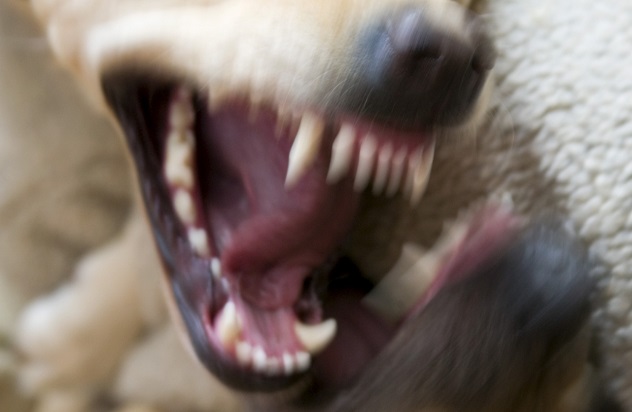
The Yao people are an ethnic minority who live in the mountains of southwest China. Among their folklore is the story of Panhu, the father of their race. The story begins, as so many do, with a golden worm that lived in the ear of the emperor’s wife. All day, she complained of earaches, until the royal physician examined her and discovered the worm curled up behind her eardrum. The worm was extricated and placed under a gourd, where it grew into a fierce dog with the whiskers of a dragon. This dog, Panhu, became the emperor’s pet.
The years passed, and the emperor found his lands under invasion by a foreign warlord. He fought as long as he could, but the warlord’s hordes continued advancing and slaughtering his people. At his wit’s end, the emperor posted a bounty: Whoever could bring him the warlord’s head would be rewarded with his daughter’s hand in marriage. But beautiful though the girl was, her allure was no match for the warlord’s bone-chilling reputation, and the bounty went unclaimed. Finally, Panhu himself set off for the enemy camp. After wading through wave after wave of defenders, Panhu returned with the warlord’s severed head clamped in his jaws.
At this point, the story takes different directions depending on the version. In the first, more bestial version, the princess married the dog outright and moved into the hills, where the two had a dozen children. In the second version, Panhu told the emperor to place him under a massive bell for seven days, after which he would emerge as a man. The emperor obliged, but on the sixth day, the princess lifted the bell and found that Panhu had only partly transformed—his body was that of a man, but he still had a dog’s head. Taking what she could get, the princess married the Panhu chimera, and they went on to give birth to the Yao race.
7Black Cadejo
The Devil Incarnate
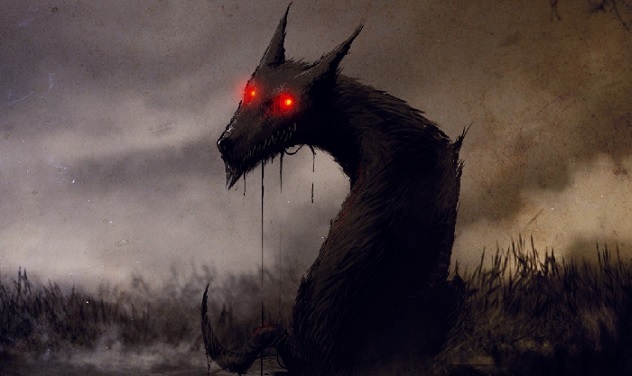
Central American folk legends are perhaps some of the most under-translated lore in the world. While most of us are familiar with the Aztec and Maya pantheons, the legends of the Ladino people of Guatemala remain shrouded in obscurity.
One of their most prominent legends concerns the Cadejos, spirits who take the shape of dogs. According to legend, there are three types of Cadejos—white and black Cadejos, regular dogs born from a Cadejo, and Satan himself. White Cadejos are generally helpful spirits, and black Cadejos are their malevolent counterpart. Black Cadejos stalk their prey on moonless nights, creeping up behind them in dark alleys to steal their souls. They can’t be killed, and the only protection against them comes from white Cadejos, who serve to thwart the evil machinations of the blacks.
Stories abound of black Cadejos from all over Guatemala, but the descriptions are usually the same: a massive dog that is black as night with eyes that glow like coals and goat hooves instead of paws. One particularly unsettling story tells of a black Cadejo who followed a drunk home one night. The drunk was attacked by thieves, but the dog leaped into the fray and tore them to shreds. Assuming the dog was his guardian, the drunk walked home with it, only to be killed by the Cadejo on his doorstep.
6Teju Jagua
The Seven-Headed Firebeast

Until very recently, the Guarani language had no written form. Traditions and legends were passed down by word of mouth, and many of these stories changed drastically as they made their way over the hills and mountains of Paraguay and southern Brazil.
But one terrifying legend reached all the Guarani people relatively intact: Teju Jagua, the lizard god with “siete cabezas de perro,” or seven dog heads. This god is one of the seven legendary monsters of Guarani mythology, all of whom were born to Tau, the Evil One.
Teju Jagua lives in a beautiful forest filled with fruit trees. On one side of the forest is a magic hill covered in streams of flowing honey. Teju Jagua guards this paradise with the ferocity of a demon. His seven dog heads can see in all directions, and their eyes shoot fire. It’s said that simply looking at the lizard god will make you go blind, and when he roars, the Earth trembles.
5Failinis
The Beastslayer
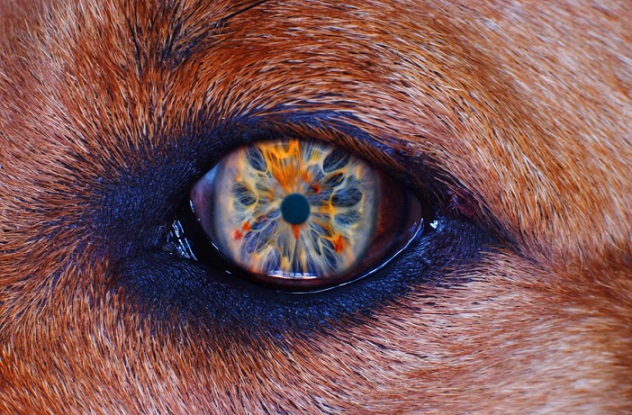
Failinis, or Fail Inis, is a dog that appears throughout Irish mythology. It’s mentioned in passing in various stories and ballads, most notably in The Fate of the Children of Tuireann. In this story, Lugh, the High King deity, punishes the eponymous children for killing his father. He sends them on a quest to bring back a series of magical items, one of which is the dog Failinis, who belongs to the king of Ioruiadhe and is so powerful that “before him every wild beast falls to earth powerless.”
The children complete their quest, and Lugh becomes the master of Failinis. That’s the last we hear of the hound in that story, but it surfaces again in a later ballad, “There Came a Band of Three.” This story takes place 50 years after Lugh acquired Failinis, and the ageless dog is now the property of three travelers. By now, the dog glows at night, kills every animal in its path, and turns water into wine when it bathes. It’s responsible for killing several men at its masters’ behest, and the line “there was no besting its hardness of combat” suggests that Failinis was a veritable killing machine.
4Cu Sith
The Soul Reaper
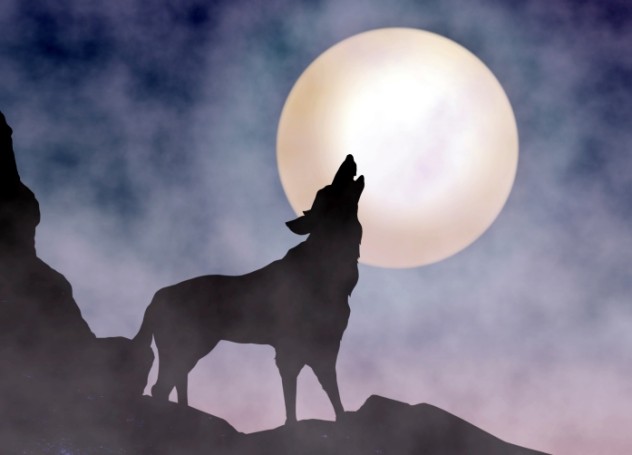
The legend of Cu Sith describes a massive beast that lives in the rocky crags of the Scottish Highlands. The size of a calf, Cu Sith has green fur, teeth like razor blades, and paws larger than a man’s hand. The physical descriptions of it are terrifying enough, but its real purpose is far more spine-tingling: Cu Sith is the gatherer of souls for the afterlife. It’s said that if you’re killed by Cu Sith, you suffer in this life and the next.
Cu Sith hunts at night, hiding in dense fog banks as it silently stalks its victims. At the beginning of its hunt, though, it lets out three loud howls. According to the stories, you have until the third howl sounds to get to safety. If you don’t, it will appear right behind you, lunging for the kill.
In other stories, Cu Sith is a dark minion of the fairies who live in the Highlands. They send the beast out to kidnap nursing mothers and bring them to their homes in the hills, where they’ll work for the rest of their lives nursing the fairy babies.
3Huay Chivo
The Half-Beast Sorcerer
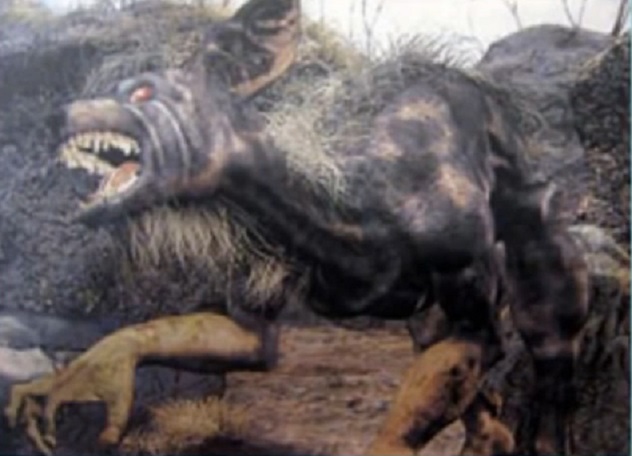
In the dense, claustrophobic jungles of Mexico’s Yucatan Peninsula, the Huay Chivo waits. According to the Maya, this terrifying apparition is half beast and half man, the result of a sorcerer’s dark deal with the devil. After drinking the blood of a goat, a sorcerer can become a Huay Chivo, which is described as a mix between a dog and a goat. You won’t see it, but you’ll feel it when it’s close—the air will suddenly get cold, and the stench of rotting garbage will come from somewhere behind you. It won’t hurt you . . . as long as you don’t look at it.
The Mayan legend of the Huay Chivo shares many characteristics with the nahual, which is more prevalent in other parts of Central America. Like the Huay Chivo, a nahual is a witch who has shape-shifted into an enormous dog to feed on livestock. One story tells of a farmer’s family who spent the whole night huddled in fear as the screams of their goats carried across the night during a nahual‘s vicious attack. In the morning, the goats were found torn to shreds and drained of blood.
2Moddey Dhoo
The Night Stalker
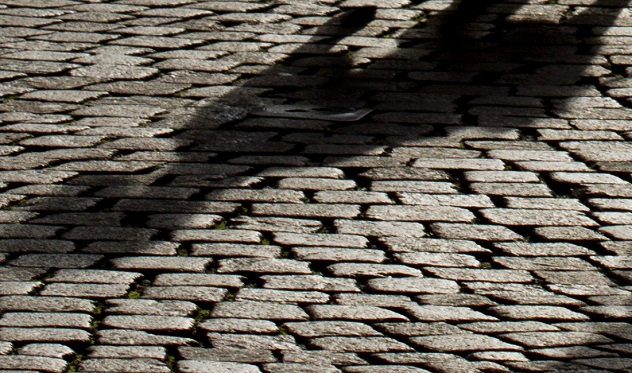
On the Western shores of the Isle of Man is an 11th-century Viking fort known as Peel Castle. Years ago, an unmarked grave was found inside the castle, and inside the grave were the bones of a massive dog. It’s believed that these were the bones of the Moddey Dhoo, an enormous black spaniel that haunts the castle at night. The guards took to walking their shift in pairs, so that nobody could ever be caught alone by the spectral hound.
As the legend goes, in 1670, one of the guards got drunk and decided that he would go around locking up the castle gates alone that night. The other guards waiting in the guardroom suddenly heard a loud noise and the sounds of a struggle, but they were all too scared to go see what was happening. After some time had passed, the lone guard staggered back into the room in a stupor. He never said another word, and he dropped dead three days later.
1Inu-gami
The Tortured God
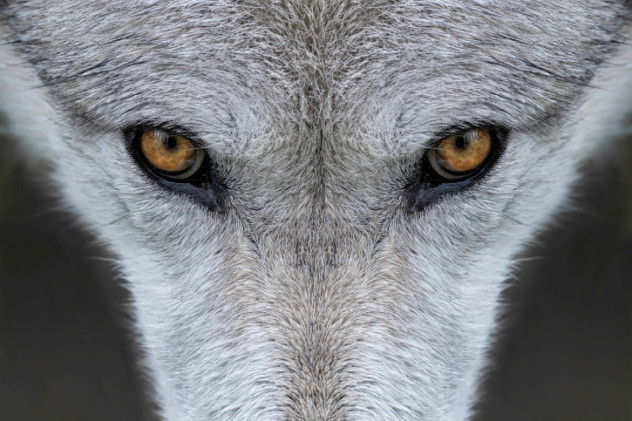
We’ve mentioned before that Japanese mythology claims the existence of a pantheon of spirits known as the kami. There are millions of different kami, but one of the most horrific is the Inu-gami.
Inu-gami are the dog-gods of the kami and are summoned only for unspeakable violence. Usually described as a cross between a person and a large wolf, Inu-gami can possess other humans and use their human puppet to murder and mutilate others. Inugami-mochi, the people who control Inu-gami, walk a dangerous line: They’ll be rich and powerful, but in return, they’re shunned by society. And if they don’t tread carefully with their Inu-gami, it can quickly turn on them and tear their body to shreds.
It’s hardly surprising, considering the Inu-gami’s savage nature, that the ritual to summon one is equally heartless. To bring an Inu-gami forth from the spirit world, you need to bury a small dog up to its head, then place food on the ground just out of reach. As the dog approaches the final stages of starvation, chop its head off and put it in a box, and you’ll have an Inu-gami at your command.








